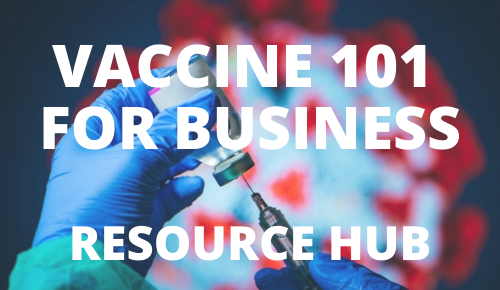
Scientific studies show that productivity, creativity and profits directly correlate to the level of well-being experienced by employees in an organization.
- A Health Canada study showed that a stressful work culture creates three times the risk of heart attacks, two to three times the mental health problems and two times the number of conflicts.
- A study by Eastern Kentucky University found that between 60 and 80 per cent of workplace incidents are the result of stress-induced issues like distraction.
- On the other hand, happy workplaces are shown to be ten times more productive1.
As Leaders, we must learn how to support employees out of habituated stress for optimal business results.
The stress response is a primitive survival mechanism intended for short term duration. For example, when the deer outruns the wolf, 15 minutes later it goes back to grazing. When humans regularly turn on the stress response (autocratic leadership, production demands, information overload, pandemics, teenagers, divorce, traffic, news, etc.) and can’t turn it off, to the body, it’s just like constantly being chased by “the wolf.” Human beings because of the size of their neocortex, can turn on the stress response by thought alone. As a result, most people are living in an environment of stress 70 per cent of the time.
A person living in stress is living in survival mode. They are in self-preservation and – just like the animal – will naturally want to fight, run or hide. When in stress, humans disconnect from the prefrontal cortex; the area of the brain responsible for creative problem solving, insight, empathy, morality, emotion and fear regulation.
As a result, employees are more likely to:
- Become aggressive, selfish and reactive
- Become narrow focused
- Make errors in judgment
- Take shortcuts
- Experience injuries and incidents
They are less likely to:
- Communicate and co-operate
- Perceive hazards and risk
- See possibility and solutions
Emotions (positive or negative) create chemicals in the body. Emotions like anger, frustration or stress send a signal to the mid-brain to release about 1,500 chemicals down the nervous system and into the body. When people are constantly firing negative thoughts and emotions, just like a person who becomes addicted to caffeine or nicotine, they can get addicted to the emotions (chemicals) of anger and stress without realizing it.
That means people can become addicted to a job or a person they don’t even like. The reverse is also true. Positive emotions produce specific chemicals in the body like serotonin and DHEA. Some of the benefits of positive emotions include an immune system boost and increases in mental cognition, creativity and focus to name a few. This is why happy workplaces have been shown to be ten times more productive. Shawn Achor, author of the book “The Happiness Advantage” found in his study of 1600 Harvard students and dozens of Fortune 500 companies that:
- Students primed to feel happy before a math achievement test far outperformed their peers
- Optimistic salespeople outsell pessimistic ones by 56%
- Doctors in a positive state make accurate diagnoses 19% faster
- When in a positive state of mind, employees are 31% more intelligent.
The good news is, there is a science to teach people how to manage stress as well as how to move from old habits to create new ones. Using the understanding of the neuroplastic nature of the brain, a formula can be applied to allow employees to learn new ways to think, act and feel; in short, create a new mindset towards workplace safety and wellness.
True leadership is teaching others to look within to make changes. When employees feel valued, empowered, in alignment with an organization’s mission and believe they are meaningfully contributing, the natural outflow is engagement and a renewed commitment to the organization’s goals. This results in less sick leave taken, improved employee safety and morale, reduced turnover and, ultimately, improved financial results for the organization.
Contact 1Life Workplace Safety Solutions for your complimentary workplace assessment – available only to Manitoba Chambers of Commerce Members.
Theo Heineman, CRSP, CHSC, B.Sc.Ag., President and CEO of 1Life Workplace Safety Solutions, is certified NeuroChangeSolutions consultant and certified trainer in the science and practice of heart coherence by the HeartMath Institute.
Learn more: www.1LifeWSS.com info@1LifeWSS.com




